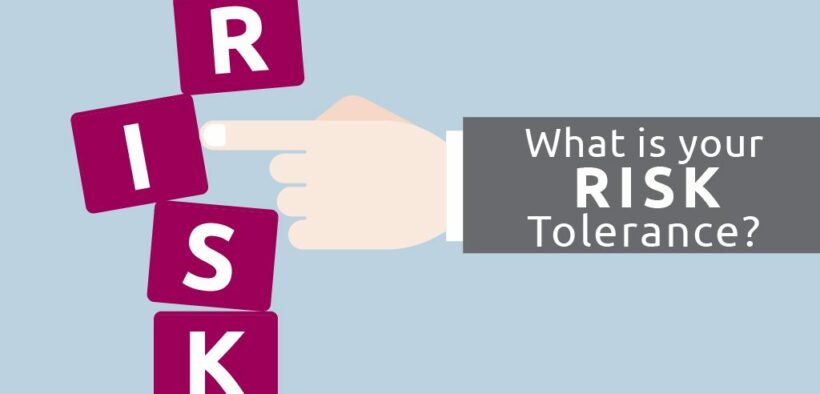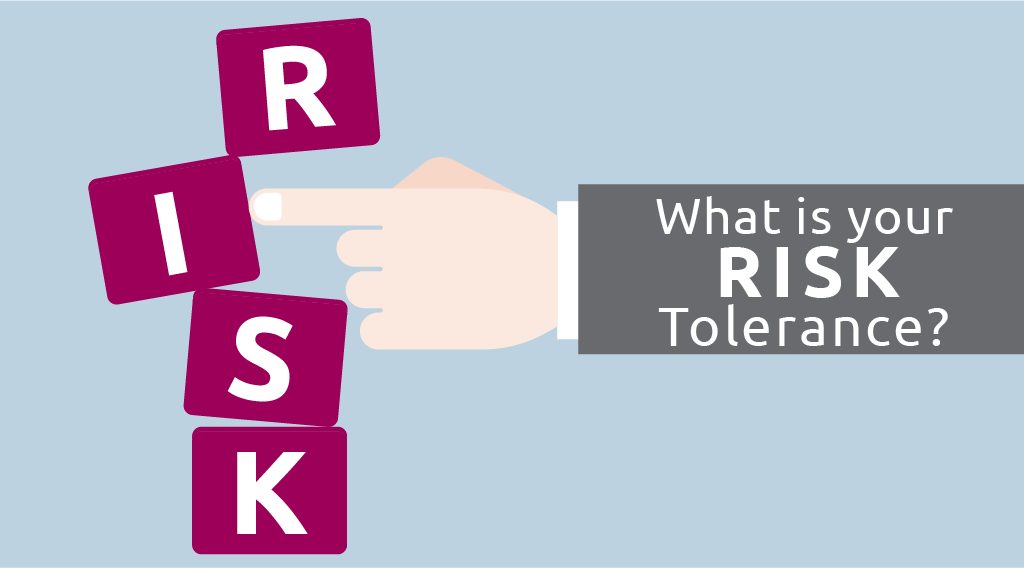What is your risk tolerance?
Share


Risk is the probability you will lose some or all of the funds in an investment. You will always face some level of risk when it comes to investing. Some investments will have low risk. Others, high. Your risk tolerance is a measure of how much you can invest today, lose and then live to fight another day. In this short article, we’ll look at four questions you need to ask yourself to help determine your risk tolerance. However, we encourage you to consult with your tax adviser before making a decision.
1. What is your time horizon?
Your time horizon depends on when you need the funds in the investment. Your risk tolerance is going to be lower if you need the funds within the year. A short-term investment doesn’t allow the term note to recover if it sinks in value. If you don’t need the funds until ten years from now, then your risk tolerance goes up. This is because long-term investments have the time to recover if and when an investment drops in value. However, there is no guarantee an investment will recover. Your risk tolerance also goes up when your earning income rises and you have more disposal income to investment.
2. How much risk capital are you investing?
Risk capital is the amount of money you can invest–and lose–and not have it affect your lifestyle. For example, if you are barely making ends meet, then you don’t have very much risk capital. In this case, no matter how promising an investment sounds, you should obey the adage “Never trade with rent.” A loss could sink you financially. On the other hand, if you and your spouse are both engineers with no children, you are bound to have more risk capital. You can take on more risk, which promises a greater reward but absorb the loss and not have it affect your lifestyle.
3. What are your investment goals?
Are you after steady, long-term growth? Or a big pay day using disposable income? Or somewhere in between? An example of steady, long-term growth would be a savings account for your child’s college tuition or your IRA. These products would expose you to low levels of risk. However, if you want to earn extra income with true risk capital or disposable income, your risk tolerance will be higher and you might invest in the futures market. A middle-of-the-road investment would be real estate or large/small cap stocks.
4. What’s your investment experience?
New investors should invest small amounts of funds and stick to the conventional investment products with low risk. But over time, as you develop experience and accumulate more risk capital, you can start to experiment with the riskier investments like options and futures. Want to learn more about investing with LCEF? Start by checking out our investment interest rates.
And when you’re ready to invest, it’s fast and easy to open an account online at lcef.org/invest.
